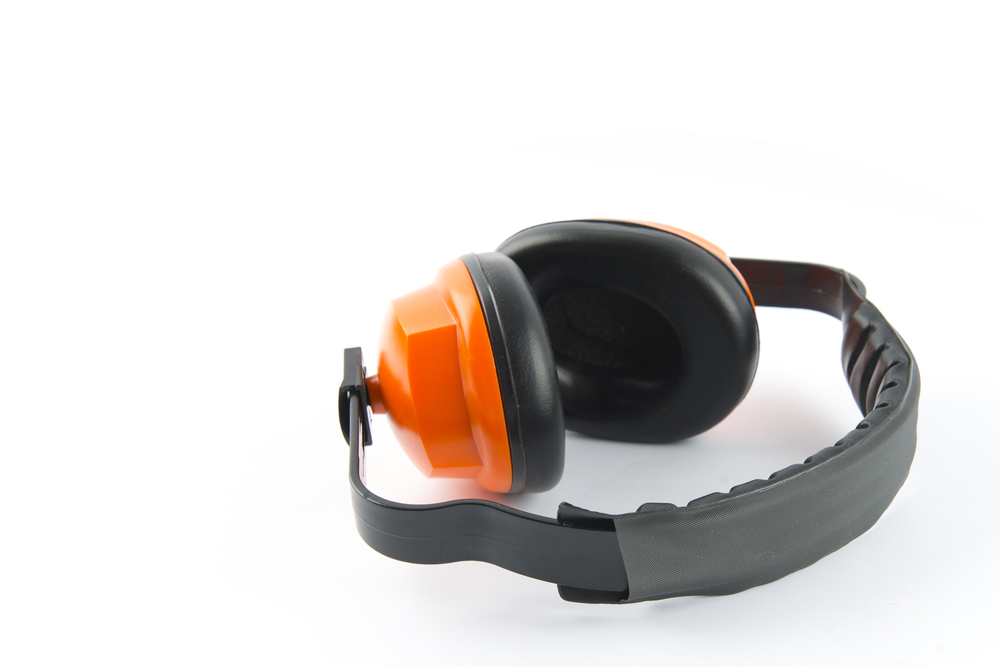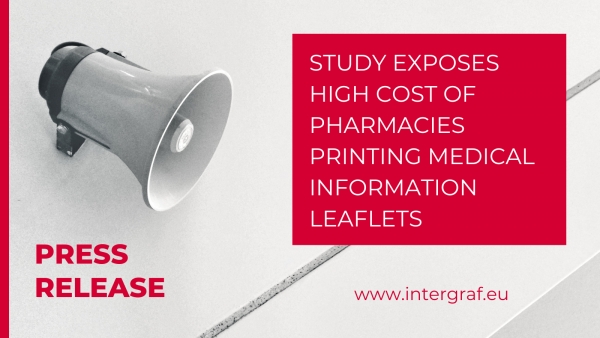2 September 2013

Noise: are you protecting your staff and the business from claims?
Noise is one of those workplace hazards that is over looked by many employers and employees. However, those who do issue personal protective equipment, such as hearing protection, are confident that they have discharged their duty of care, but this is not enough to rely upon when faced with a regulatory enforcement or a civil claim.
It has recently come to light that the industry appears to be targeted by a number of 'no win no fee' compensation lawyers in relation to noise-induced hearing loss and tinnitus claims from employees who have been exposed to high levels of noise over a period of time. The BPIF has learnt that some of these compensation claims are dating back to noise exposure from the late 1960’s to the early 70’s.
Although exposure to high levels of noise was formally regulated back in 1989 under the Noise at Work Regulations, it is loosely covered under the Health and Safety at Work etc Act 1974 and prior to this Act, the Factories Act 1961. You may or may not be aware that due to further studies on the effects of noise to human health the Noise at Work regulations were updated (driven by a European Directive) which saw the introduction of the Control of Noise at Work Regulations 2005, which lowered the noise exposure thresholds by 5dB(A) due to the European noise studies and required employers to not only assess the risk to its employees, but to also consider lowering the noise levels, so far as is reasonably practicable, by engineering control measures first, than just enforcing the need to wear hearing protection.
For employers who have received letters from a personal injury lawyer stating that they are acting on behalf of their client, who could be a current or previous employee, for such industrial injury, there are a number of areas that can be problematic for the employer. Claims for industrial injury regarding noise are easier to deal with if they relate to the last 10 to 20 years, but what about 30 to 40 years?
The biggest problem that employers face with civil claims for compensation dating this far back is evidence that they adequately managed the risk. Although noise in the workplace has been a known hazard within the industry for many years, the organisation would still need to demonstrate that they had assessed the risk, identified the correct hearing protection, educated the operatives in why and how to wear it correctly, report its defects, etc., and where required provided audio metric testing, but also enforce its wearing where required. One of the key questions by the compensation lawyer will be, “who was your insurer at the time”?
Identifying your insurer from decades ago and providing the aforementioned information to defend the claim is going to be the biggest hurdle. It is all too easy to discard valuable information for example, a noise risk assessment and/or a noise mapping information, training records, etc., if the organisation considers that this information is not relevant to its workplace, due to time period, change in machinery, legislation, personnel or its premises, but this is not the case. Keeping this information is vital when faced with defending a civil claim for noise-induced hearing loss or tinnitus.
Many organisations used to display their Employer’s Liability Insurance Certificate in a nice wall mounted document frame, but when the time came for displaying the new certificate, it was merely ‘out with the old and in with the new’ approach, but not all employers maintained a copy of this insurance certificate and now are having difficulty in identifying who was their insurer at the time of the plaintiff’s employment period. This information is significant, if you cannot identify the insurer, whether direct or through the broker and the case proceeds to court, the organisation would be exposed to all costs including the compensation fee awarded to the plaintiff.
Therefore, if you are in this position, it is advisable to spend time researching who the possible insurer or broker was at the time business. It may be that you will need to contact an old employee who may have dealt with the insurance side of things for the business. Another approach would be to undertake an ELTO search, which may help you locate the insurer or broker at the time. Spending sometime investigating this yourself could potentially save your business tens of thousands of pounds if the case proceeded without the insurer!
So, if you are an employer who now considers that the organisation may not have all the required documents and ‘risk management’ tools in place to comply with the law for workplace noise, please contact your local Health, Safety and Environmental Adviser for further advice and guidance. For the need of specific noise mapping or noise risk assessments, audiometric testing or other support services, please contact Phil Thompson at BPIF Business.
 Intergraf Economic News (Paper Prices) - March 2024
Intergraf Economic News (Paper Prices) - March 2024
18 March 2024
Access the latest edition of the Economic Newsletter for the European Printing Industry for data on paper consumption, and pricing data for pulp, paper and recovered paper. Data for packaging papers and board is also available with this edition.
 STUDY EXPOSES HIGH COST OF PHARMACIES PRINTING MEDICAL INFORMATION LEAFLETS
STUDY EXPOSES HIGH COST OF PHARMACIES PRINTING MEDICAL INFORMATION LEAFLETS
7 March 2024
Intergraf welcomes the release of a study by our partner MLPS (Medical Leaflet = Patient Safety), a subgroup of the European Carton Manufacturers Association (ECMA) shedding light on the potential economic costs associated with the proposed use of Print on Demand (PoD) leaflets in the pharmaceutical legislation revision.
The BPIF is the printing industries champion. By becoming a member you join a diverse and influential community. We help you solve business problems, connect you to new customers and suppliers and make your voice heard in government.
Call 01676 526030









